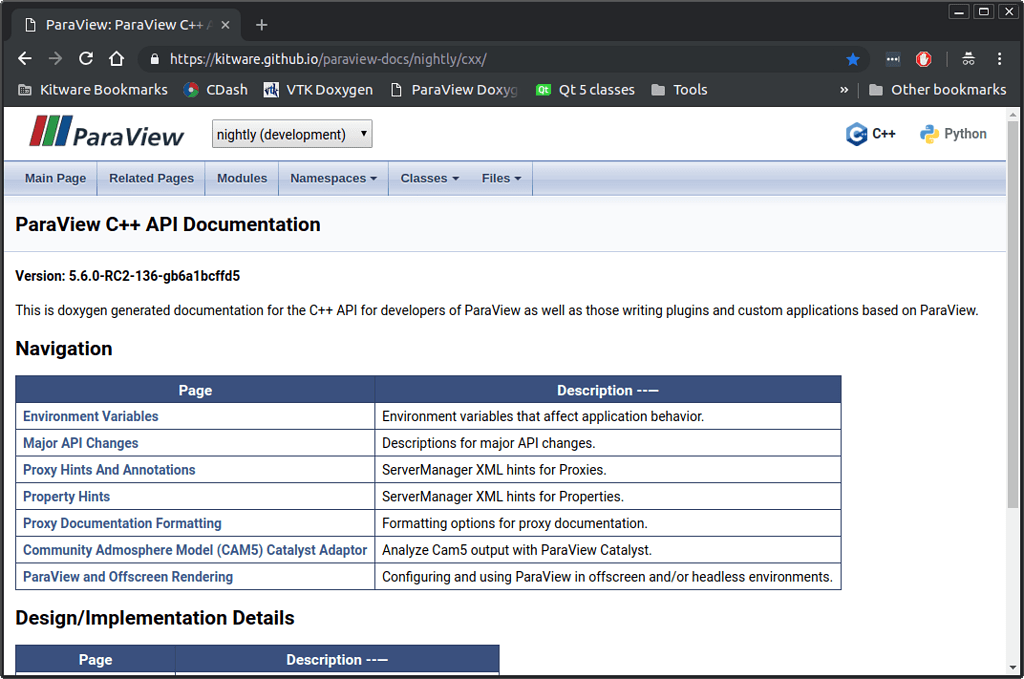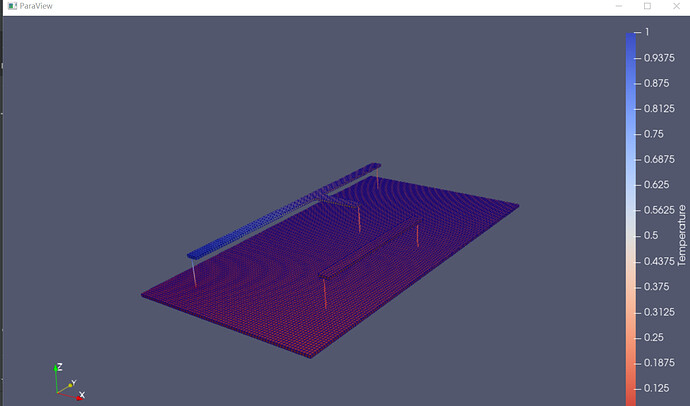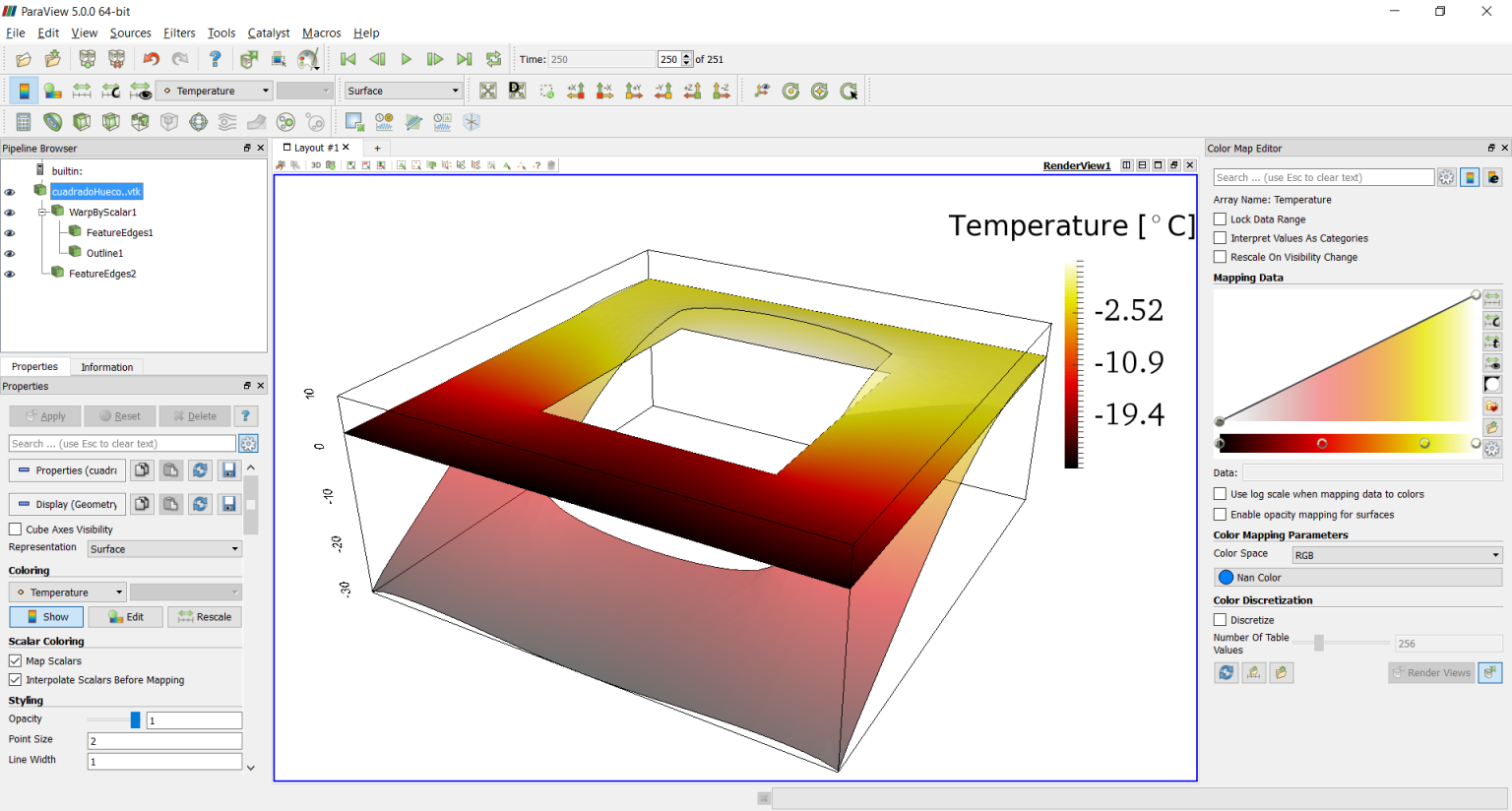

Arrays #print `xxarsub` # Transpose and calculate the principle strain. Arrays ) for ii in range ( 0, numsubarrays ): # pick up input arrays for each block. outarray0 = xxar * 0.5 outarray1 = xxar * 0.5 outarray2 = xxar * 0.5 # Run a for loop over all blocks numsubarrays = len ( xxar. # Do a multiply to make sure we don't just have a # pointer to the original. CellData #print `xxar` #print len(xxar.Arrays) # Set output arrays to same type as input array. # Click Apply button # Written by Jeff Mauldin and Alan Scott # import numpy as np def process_composite_dataset ( input0 ): # Pick up input arrays xxar = input0. # Leave "Output Data Set Type" as "Same as Input". # Cut and paste this file in the section named "Script".
#Paraview python code
# This code only works with any multiblock or vtk # datasets (including ones with only one block - i.e., # Exodus datasets as input). Also, note that # the code uses ZX, not XZ. # Be sure to correct the input variables below. # This code will read in an eigenvector, calculate an # eigenvalue, and place it into three variables. Read eigenvector, calculate an eigenvalue, and place it into three variables The first timestep should have a value of 0. Thisįilter will run over all time steps, subtracting the data from theĬurrent timestep from the data in the “frozen” timestep produced by the Force Timeįilter, and plot the result in a graph. (If desired,) Finally, add a Plot Selection over Time filter. Inputs to get the correct sign on the result, but this should work. The order of inputs into the Python Calculator is not wellĭefined, so you may need to swap the indices in inputs and Set the expression to inputs.PointData - inputs.PointData Substract the displacement in the “frozen” data set from the current timestep in can.ex2. Select Filters → Alphabetical → Python Calculator.
#Paraview python update
Update as the timestep changes, but the ForceTime1 source will not change. Note that the original can.ex2 source will Select both can.ex2 (using the CTRL key) and the ForceTime1 sources in The output of this filter is the can.ex2 dataset “frozen” at the chosen timestep. Set the timestep to the one whose displacement you want to be zero. Select Filters → Alphabetical → Force Time. append ( make_tensor ( xx, yy, zz, xy, yz, xz ), "tensor" ) Select Filters → Alphabetical → Programmable Filter.Įnter the following into the Script window:įrom _interface import dataset_adapter as dsa import numpy def make_tensor ( xx, yy, zz, xy, yz, xz ): t = numpy.

An example of a Programmable Filter dividing a variable by 2: The Programmable Filter is used to modify data in the pipeline using The complete list can be found in Section 5.9.3 of the User’s Guide. Interesting are functions available through the Python Calculator:Ĭross(X,Y) where X and Y are two 3D vector arrays Nonsensical expression would be to take a sin of a divergence of aĬhange expression to sin(divergence(curl(‘ACCL’))). Numerous functions can be combined in one expression. Lets create a variable to contains the cell volume. Variable name), use either single or double quotation marks. Python uses square brackets for arrays, and parenthesis If theįunction needs the input mesh, use inputs.


To recap, If a function requires a variable input, use the string above. Lets multiplyĬhange expression to inputs.FieldData * DISPL.
#Paraview python how to
Here is how to multiply a vector by a global variable. Don’t forget that the firstĬhange Expression to (inputs.PointData) * 2. We explicitly pullĭISPL from the first input to the filter. Note: A more complete way to access displacement data. Lets create a variable equal to two times displacement. Lets create a new point variable, loaded with 5.įilters → Alphabetical → Python Calculator.Ĭhange Array Name to Calculated Variable. These include such functions as get volume ofĬells, get area of cells, get the cross product, dot product, curl, etc. The Python Calculator allows a user to apply calculations that areĪvailable in Python. These are the PythonĬalculator, the Programmable Source and Filter. ParaView has three filters that give a user access to python mathįunctions as well as the underlying VTK library. Python & Batch: Python Calculator, Programmable Source & Filter 13.1.


 0 kommentar(er)
0 kommentar(er)
